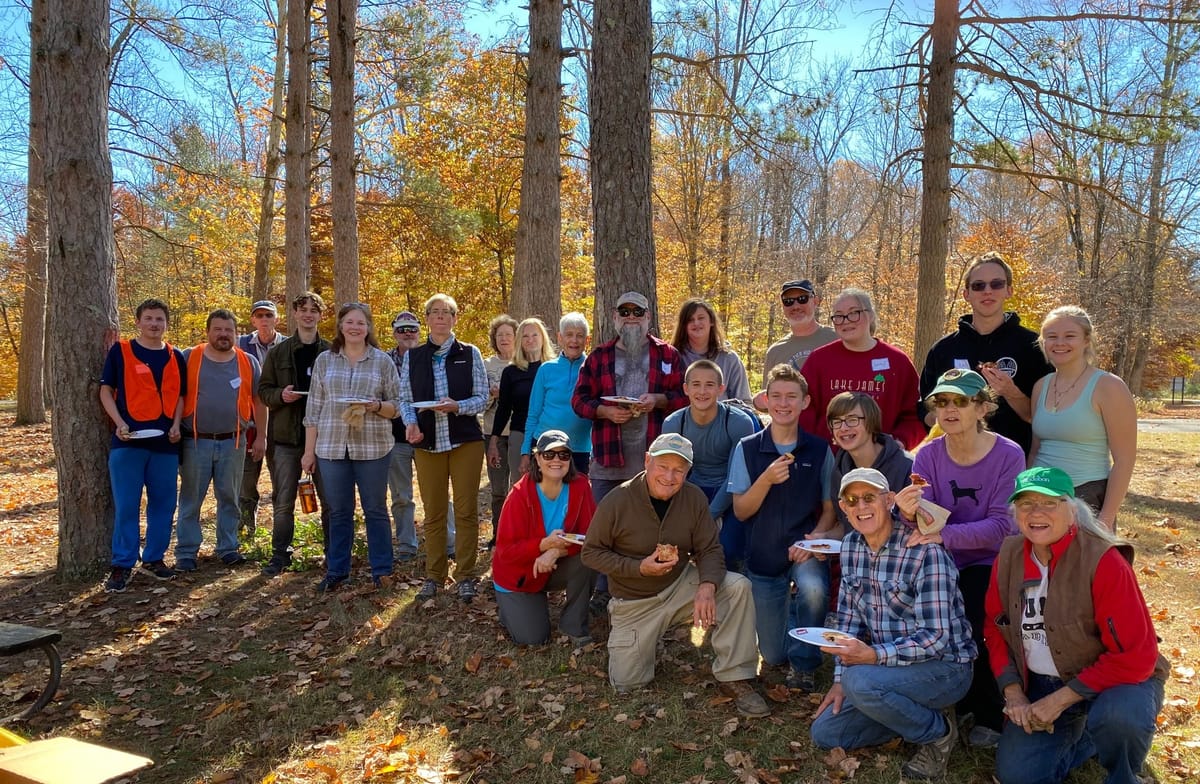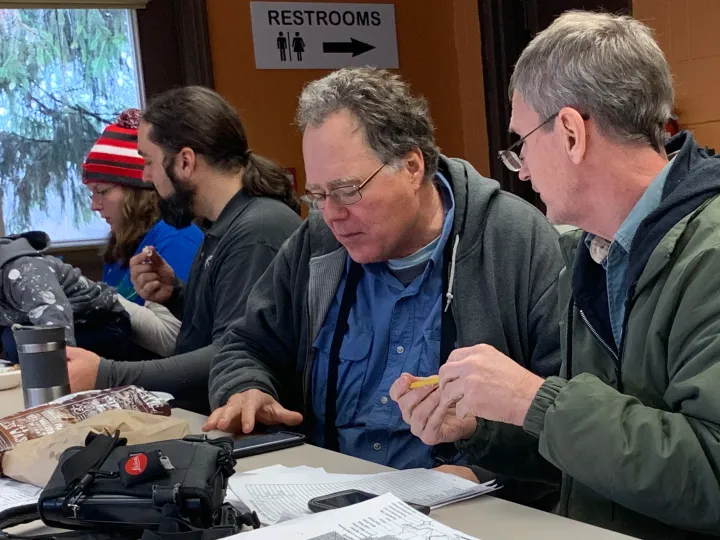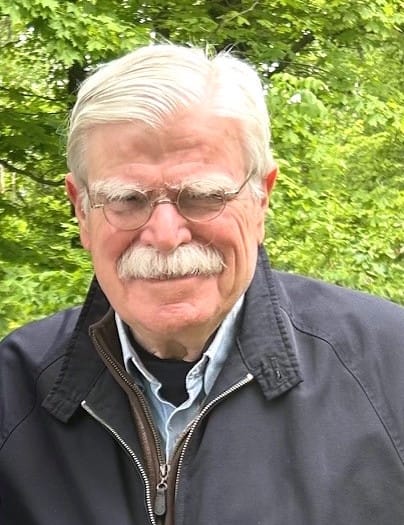Volunteers to clear invasive plants, restore habitat at Hueston Woods
Join Audubon Miami Valley at Hueston Woods State Park on Saturday, Oct. 18, to help remove invasive plants and protect native habitats. The volunteer project runs from 1 to 3 p.m. and supports the park’s old-growth forest and wildlife diversity.

From 1 to 3 p.m., Saturday, Oct. 18, Hueston Woods State Park is holding an invasive species removal project. Participants are asked to meet at the Maple Grove Picnic Area.
Hosted by Audubon Miami Valley, the project aims to clear out invasive species and educate participants and locals about habitat restoration.
Gail Reynolds, a board member at Audubon Miami Valley, recommends “people dress appropriately for trail work: long pants and sturdy shoes.”
Gloves and tools will be provided, and water bottles are recommended, with refilling available at the event.
The project began in 2012 after Audubon Miami Valley “adopted Hueston Woods Nature Preserve as our stewardship project,” Reynolds said.
Then, a grant from Toyota and the National Audubon Society provided tools, trail signs and boot brushes to help prevent invasive species from spreading. The effort has since grown with support from the Ohio Department of Natural Resources and Hueston Woods staff.
“(We) remove invasive honeysuckle, garlic mustard and multiflora roses,” said Reynolds. “This lets the tree’s seedlings grow, (while) protecting the diversity.”
Such diversity makes Hueston Woods a “unique habitat,” according to Reynolds, with its status as an old-growth forest and an important birding area (IBA).
“Birds have specific requirements for their habitat,” Reynolds explained. “And there’s not a lot of old-growth forest left in Ohio.”
Reynolds hopes events like this will inspire locals to take part in preserving natural areas and learning about Oxford’s invasive species.
Reynolds added that invasive species can spread in many ways, including on shoes or through birds.
“All kinds of birds will eat those yummy looking red berries from the honeysuckle bushes in the fall,” Reynolds said. “They’re not really nutritious for birds.”
After a bird eats these berries, seeds are spread through droppings, which further adds to the invasive species problem.
“We are trying to keep the big woods with the big, mature trees relatively pristine so that the native understory shrubs can grow,” Reynolds said.
This includes shrubs like spice bushes and pawpaw, which provide food for native insects, which, in turn, provide food for native birds.




